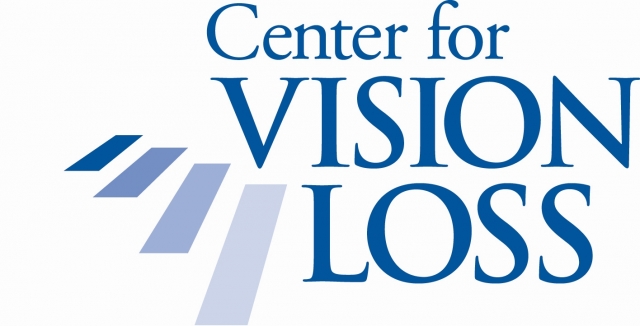
Center for Vision Loss
PHONE NUMBER : 610-433-6018
Follow Us
Categories
Health & Wellness - Health
Health & Wellness - Health Care Information & Services
Charity & Non-Profit - Social Service Organizations
Charity & Non-Profit - Volunteer Services
Charity & Non-Profit - Donation Services
Happy Birthday, Louis Braille!
As the new year opens, let's continue to celebrate by recognizing Louis Braille and his accomplishments to enhance the lives of people who are blind or visually impaired. Braille, born in Coupvray, France on January 4, 1809, attended the National Institute for Blind Youth in Paris as a student. He loved to read and experimented with ways to make an alphabet that could be read easily with the fingertips. The writing system he developed at age 15 was based on a tactile night writing code invented to send military messages that could be read on the battlefield at night without using a light. Over the past 190 years, Louis Braille's efforts have made literacy possible for people who cannot see print on a page.
Braille is not a language but, rather, a code by which languages may be written or read. While at first glance braille looks like and feels like a jumble of dots, it is a logical system based on a system of six raised dots arranged in two parallel rows each having three dots. These are called braille cells. Sixty-four combinations are possible using one or more of these six dots. A single cell can represent an alphabet letter, a number, a punctuation mark, or even a whole word.
Braille can be written in several ways. The most basic is a slate and stylus which is the equivalent of paper and pencil. Braille can also be produced on a machine known as a braillewriter, somewhat like a typewriter but with only six keys and a space bar. Computers have expanded additional avenues of literacy for braille users. Software programs and portable electronic braille notetakers allow users to save and edit their writing and then produce a hard copy using a braille embosser.
Learning to read and write in braille--from reading a book, to making a grocery list or writing a school report, means that people who are blind or visually impaired can be literate and reach success in education and career, participate at home and community and enjoy a wonderful quality of life. Learn more about Louis Braille and the braille system by connecting with the American Foundation for the Blind, a non-profit organization which supplied the above information, at www.afb.org. Check out their on-line Louis Braille Museum and the fun student-oriented Braille Bug (r) section.
The Center for Vision Loss is a non-profit agency which since 1928 has provided programs and services to improve the lives of people who are blind and visually impaired and promote healthy vision. We serve Lehigh, Northampton and Monroe Counties. For more information, call 610-433-6018 in the Lehigh Valley or 570-992-7787 in Monroe County or go to www.centerforvisionloss.org or facebook.com@lowvision845.
